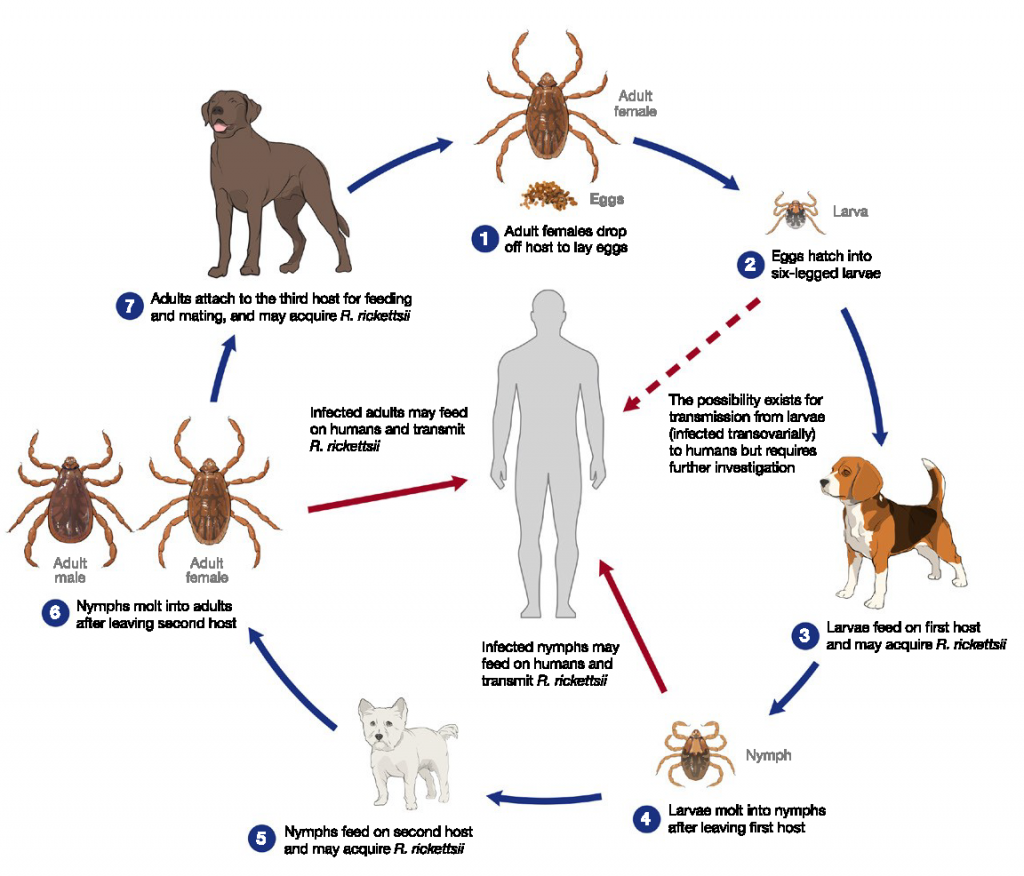tick life cycle canada
Each tick lives on only one host animal usually a moose. There has been an increased incidence of this parasite as more dogs are traveling with their owners to tropical and semi-tropical destinations and then bringing the ticks back home.
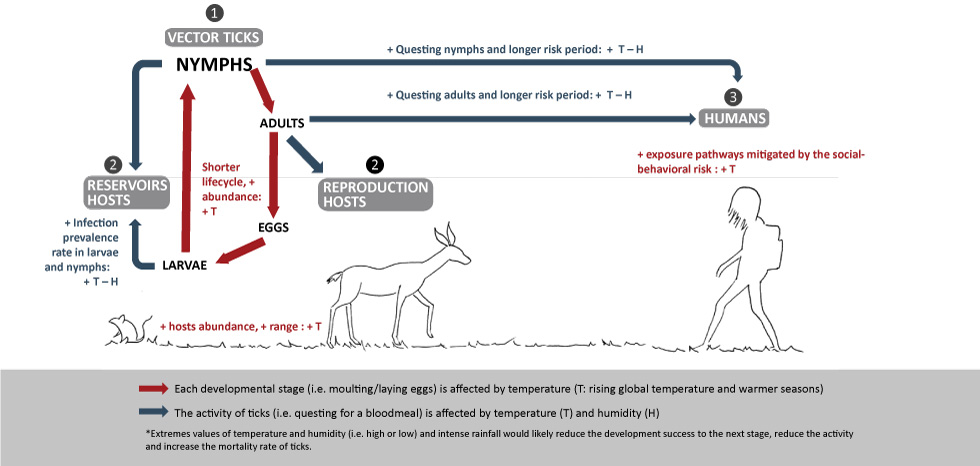
Tick Borne Disease With Climate And Environmental Changes Canada Ca
During this development ticks go through four stages of life.

. Generally adult female hard ticks breed while on the host animal and then drop to the ground to lay eggs. There are dozens of different tick species that are commonly found across Canada. Spring Summer Fall Winter Spring Ticks are active in the early spring.
Adult Females deposit from 3000 to 6000 eggs on the ground. American dog ticks for example a variety of tick that is common in North. Ticks have 4 life stages.
As they feed their stomach grows and gets darker. Ticks have four distinct life stages. Stages in the Life Cycle of Ticks The First Stage egg The adult female tick first fulfills a proper blood meal then the process of mating occurs between an adult male and adult female tick.
Eggs are not dangerous and appear as a brownish-red translucent color. There are no data for the occurrence of clinical RMSF dogs in Canada. Each stage of the life cycle requires a blood meal to develop and eggs typically hatch into six-legged larvae after a period of four to 10 days.
This tick feeds on dogs but rarely bites people or cats. Transmission occurs between the life cycle stages of the tick - larva to nymph to adult transstadial transmission among adult ticks during mating and from adult females to their eggs transovarial transmission. Egg larvae nymph and adult.
At each stage ticks require a blood meal to survive and develop. When they are fully fed the nymph is. Usually rodents and other small animals serve for the first two feedings and large animals such as deer cattle dogs sheep and humans serve as the host for the last feeding.
Almost black in colour. 2 The Larvae Stage 2. These stages are egg larvae or seed tick nymph and adult.
The female falls to. In Canada you will most likely spot the black-legged breed popularly known as the deer tick. Eggs Larvae Nymph and Adults.
Male and female adults feed and mate on the host. Two of the most common types are Black Legged ticks formerly know as the Deer Tick and the American Dog tick. The Ixodes scapularis ticks that transmit Lyme disease in Eastern regions of the United States and Canada have a two-year life cycle.
Scroll down or click on a specific season below to understand the habits and life cycle of ticks in each season. The brown dog tick also known as the kennel tick is found through most of the United States and Canada. Ixodes scapularis the black-legged deer tick which is the primary vector for Lyme disease has a four-stage life cycle and a lifespan of about two years.
Ticks have 4 distinct stages to their life cycle. Clinical signs generally become visible towards the end of winter Februaryand. After a two-year life cycle a female tick can lay thousands of eggs.
Female adults die after egg-laying is. Ticks are not able to lay eggs directly on a host they must first detach. The unfed nymphal ticks are.
A tick goes through a similar life cycle as other arthropods as the metamorphosis starts at the egg stage moves to larval stages then to the nymphal stage and finally to adult. Dogs are the preferential host and. The majority of hard ticks require three different hosts to complete their development.
They go through a two-year life cycle. Once a tick egg hatches it has to feed on blood at every stage of its life cycle for the rest of its life in order to survive. Ticks in the larval nymph and adult stages can live for varying lengths of time without a blood mealsome for frighteningly long periods.
1 The Egg Stage 1 After the adult female tick has acquired a proper blood meal she mates with the adult male tick leaves the host and searches for a suitable spot to lay her eggs. It begins in early spring when adult females lay eggs on the. Each life stage will find a host starting with small rodentsbirds then moving on to larger mammal and feed for several days then fall to the ground to molt into the next stage.
The life cycle then begins again. Ticks lifecycle Ticks lifecycle begins at the egg stage then proceeds to the larval stage nymphal stage and lastly the adult. Egg Larvae Nymph and Adult.
Female ticks lay thousands of eggs on the ground which then hatch into larvae known as seed ticks. Adult ticks seek host animals to feed on and after engorgement on blood they quickly mate. Depending on the species and environmental conditions the entire life cycle may take anywhere from a few months to 4 years.
This is a three host tick with each stage leaving the host to moult prior to finding another host. Sporadic cases of RMSF occur in dogs in the US. Unlike the other species of ticks its life cycle allows it to survive and develop indoors which means it can establish itself in colder climates.
The adults of the Blacklegged tick will generally feed on the white-tailed deer during the winter months and mate during this time. Its important to be familiar with this life cycle to get rid of ticks from your lawn and landscape and prevent tick bites. Three nymphs of the blacklegged tick are shown in different stages of feeding.
About 03 cm long. Very small 015 cm long grey-brown in colour. Inside or out ticks love a warm environment to lay their eggs.
The black-legged or deer tick found in southern and eastern Canada and the western black-legged tick found in the West. Different Types of Ticks in Ontario Canada American dog tick or Dermacentor variabilis. However they can lay eggs just about anywhere else and they do.
In years when infestations are significant thousands of ticks may attack a single moose causing problems for severely affected animals. It is found mainly in Quebec and Ontario. Black Legged ticks are the common vector for Lyme Disease.
Tick season can be every season Ticks can be active at temperatures of 4 and above which can be in every season even in the winter. A female tick is capable of laying more than a thousand eggs. They are abundant in the province of Ontario.
Disease in humans. The Rocky Mountain wood tick is a three-host tick a new host being sought for each one of its three feedings which occur over a period of 1 to 3 years. The life cycle of a tick is completed after four stages namely egg larva nymph and adult it requires more than a year to complete a full life cycle.
They can survive on large mammals such as humans livestock dogs cats. These ticks have four stages of the life cycle. Life Cycle of Ticks.
The brown dog tick. The eggs hatch and six-legged larvae emerge from the eggs. At this stage of life these small ticks about 18-inch in size have six legs instead of the eight legs they will have later on in their lives.
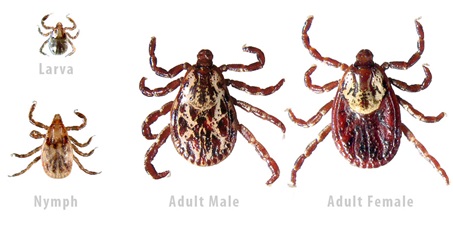
Ticks What Do I Need To Know As An Atlantic Canadian Mountain Road Animal Hospital

Typical Life Cycle Of The Blacklegged Tick Ixodes Scapularis And Download Scientific Diagram

Tick Disease Prevention Tools Deerbusters Canada

The Typical Life Cycle Of The Black Legged Or Deer Tick Ixodes Download Scientific Diagram
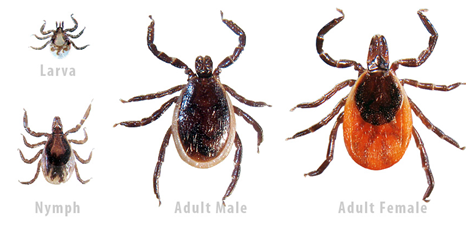
Ticks What Do I Need To Know As An Atlantic Canadian Mountain Road Animal Hospital

Update Protecting Yourself Your Dog From Ticks Toronto 2020 Royal York Animal Hospital

Ticks Vectors Of Disease River Grove Animal Hospital Mississauga On

Update Protecting Yourself Your Dog From Ticks Toronto 2020 Royal York Animal Hospital
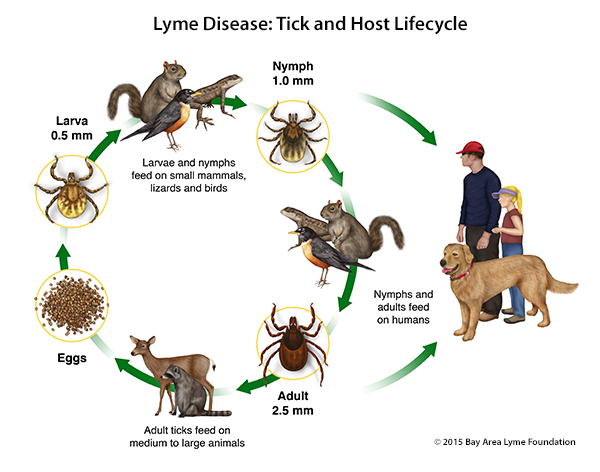
Park Animal Hospital Veterinarian In Mississauga On Canada Lyme Disease

Life Cycle Of The Ixodes Tick Vectors Of Lyme Borreliosis Reservoir Download Scientific Diagram
Transmission Canlyme Canadian Lyme Disease Foundation
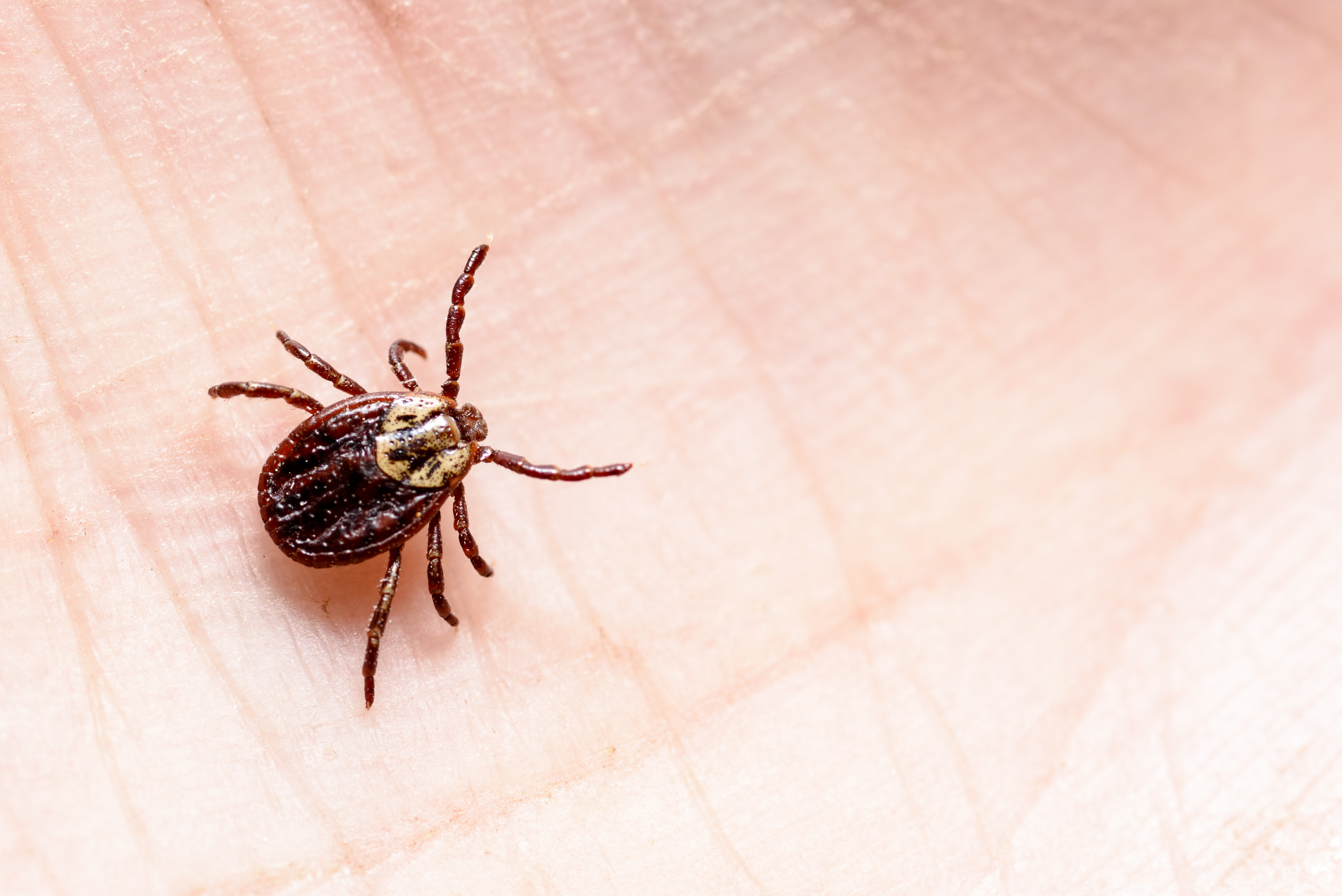
Tick Life Cycle A Review For Spring
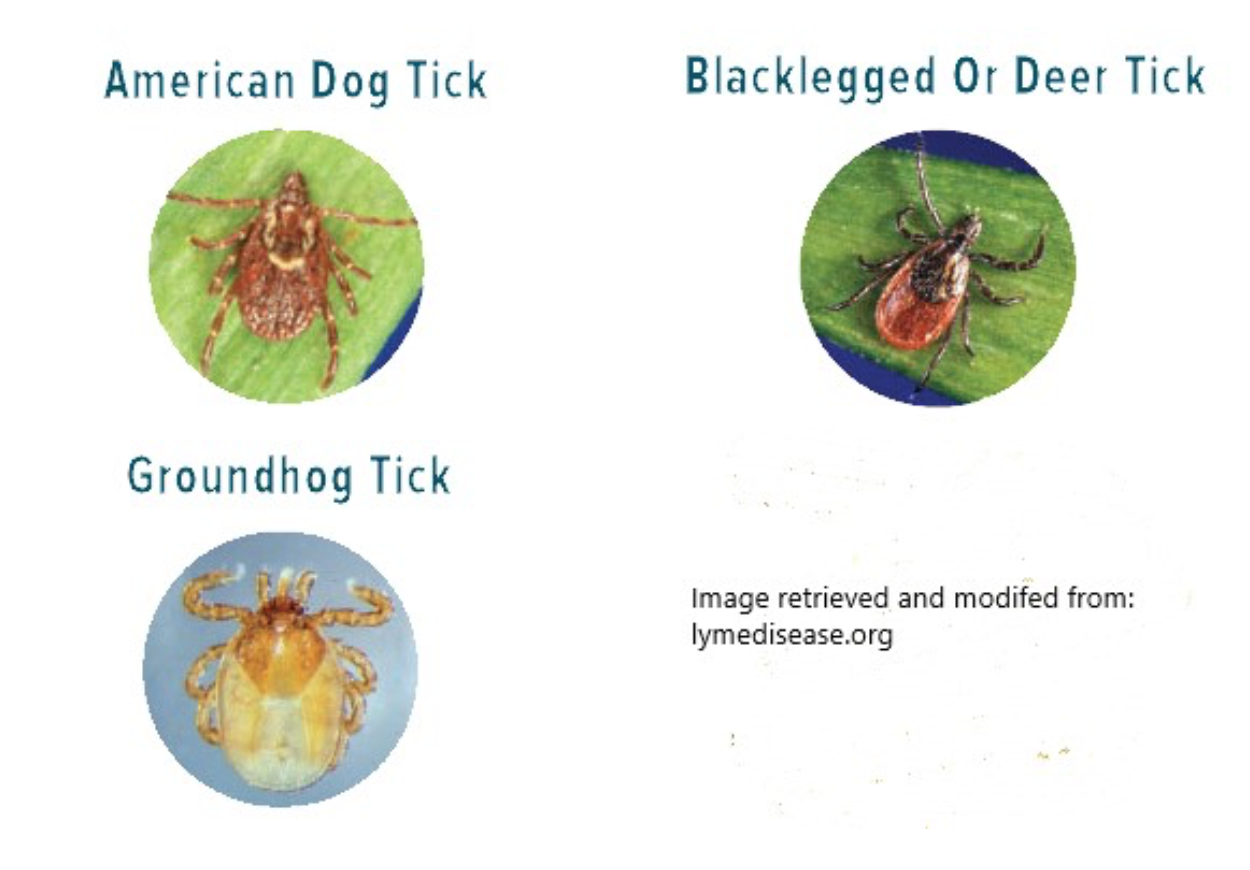
Ticks Lyme Disease And Our Pets St David S Veterinary Clinic

Typical Life Cycle Of The Blacklegged Tick Ixodes Scapularis And Download Scientific Diagram

Tick Identification Atlantick Repellent Products
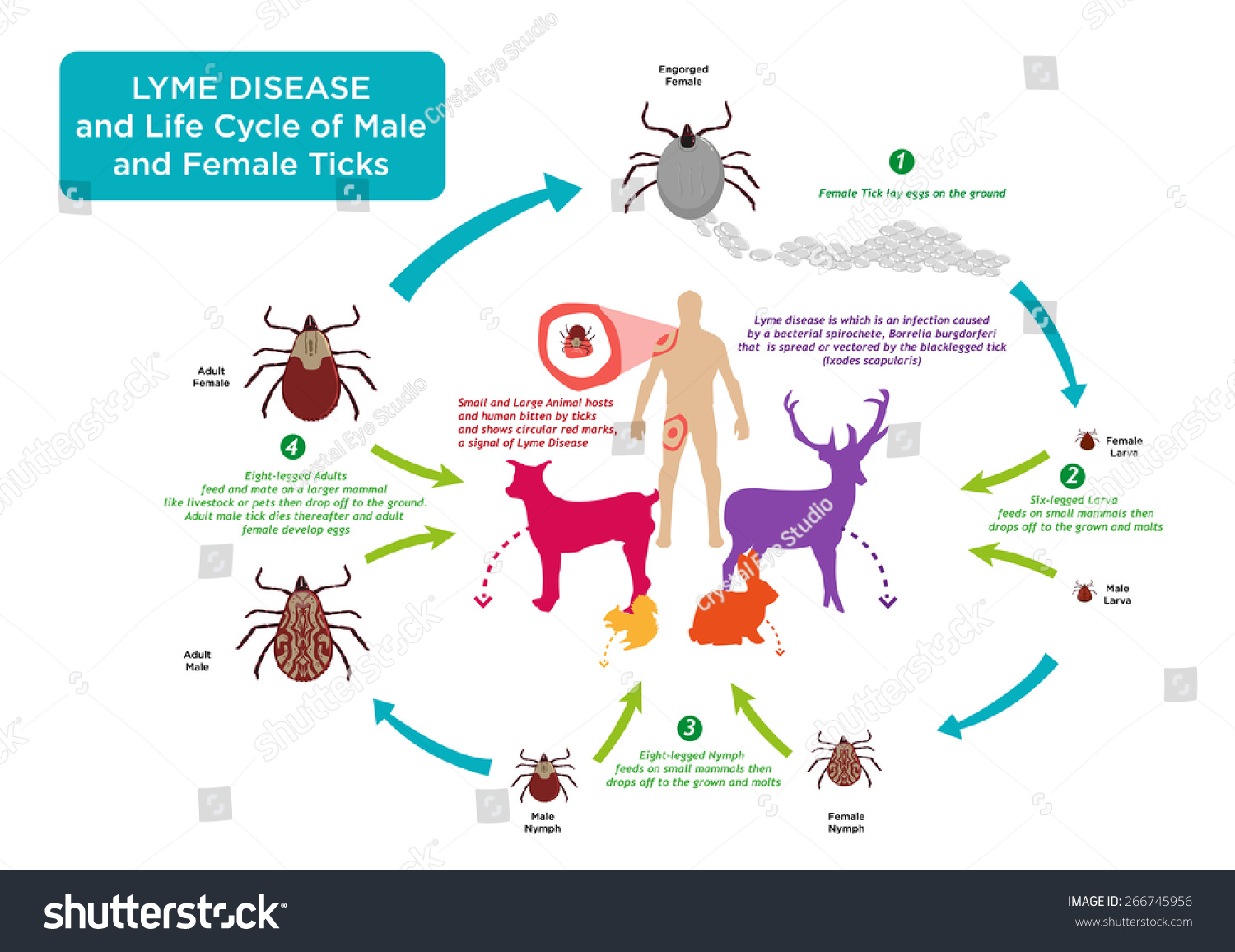
Life Cycle Tick Bug Common Hosts Stock Vector Royalty Free 266745956 Shutterstock
